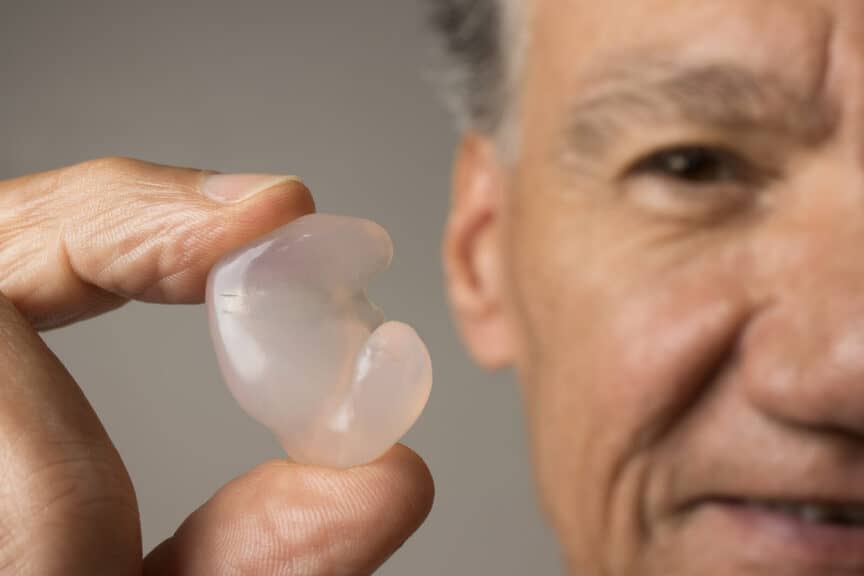Hearing loss is a prevalent and often preventable health concern, with exposure to loud noises being one of the leading causes. Whether you’re attending a concert, working in a noisy environment, or enjoying recreational activities like shooting or motorcycling, protecting your ears from excessive noise is essential for maintaining healthy hearing. One effective way to safeguard your hearing is by using earplugs. In this guide, we’ll provide you with tips and recommendations for using earplugs to prevent hearing loss, ensuring that you can enjoy life’s activities while preserving your precious sense of hearing.
Understanding Noise-Induced Hearing Loss
Before we delve into the specifics of using earplugs, let’s take a moment to understand how exposure to loud noises can lead to hearing loss. Noise-induced hearing loss occurs when the delicate hair cells in the inner ear are damaged by exposure to loud sounds. This damage is often irreversible and can lead to permanent hearing impairment or even deafness over time. The good news is that noise-induced hearing loss is entirely preventable with proper protection, such as earplugs.
Choosing the Right Earplugs
When it comes to selecting earplugs, there are several options available, each with its advantages and considerations. Foam earplugs are one of the most popular choices due to their affordability, ease of use, and effectiveness in reducing noise. These earplugs come in various sizes and shapes to fit different ear canal sizes and can provide significant noise reduction when properly inserted.
Silicone or wax earplugs are another option, offering a more customized fit and greater comfort for extended wear. These earplugs mold to the shape of the ear canal, providing a snug and secure seal against noise. While silicone and wax earplugs may be more expensive than foam earplugs, they are reusable and can last for an extended period with proper care.
For individuals who require hearing protection in specific environments, such as musicians or industrial workers, custom-molded earplugs may be the best option. These earplugs are custom-made to fit the unique contours of the wearer’s ear canal, providing maximum comfort and noise reduction.
Using Earplugs Properly
Once you’ve selected the right earplugs for your needs, it’s essential to learn how to use them properly to maximize their effectiveness. Here are some tips for using earplugs correctly:
Insertion: Roll foam earplugs between your fingers to compress them before inserting them into your ear canal. Pull your earlobe gently to straighten the ear canal, then insert the earplug and hold it in place until it expands to fill the canal. For silicone or wax earplugs, follow the manufacturer’s instructions for proper insertion.
Fit: Ensure that the earplugs fit snugly and comfortably in your ears, forming a tight seal against noise. If you feel any discomfort or pressure, try adjusting the position of the earplugs or using a different size or type.
Maintenance: If you’re using disposable foam earplugs, discard them after each use and replace them with a new pair. Reusable earplugs should be cleaned regularly with mild soap and water or a specialized cleaning solution to prevent the buildup of dirt and bacteria.
Consistency: Make a habit of wearing earplugs whenever you’re exposed to loud noises, whether it’s at work, during recreational activities, or in everyday situations. Consistent use of earplugs is key to preventing noise-induced hearing loss and preserving your hearing health.
Using earplugs is a simple yet effective way to protect your ears from excessive noise and prevent noise-induced hearing loss. By choosing the right earplugs for your needs, using them properly, and wearing them consistently in noisy environments, you can enjoy life’s activities while safeguarding your precious sense of hearing. Remember, your ears are irreplaceable, so take care of them with the proper protection they deserve.


